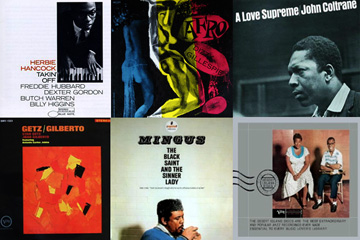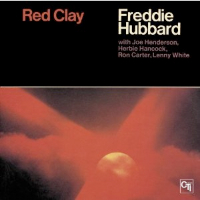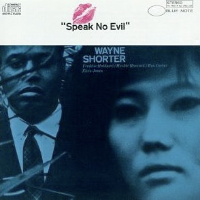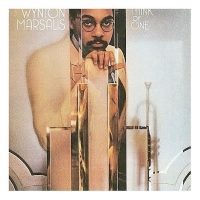Ella Fitzgerald & Louis Armstrong – Ella and Louis (Verve,1956)
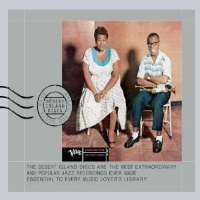
The first of three recordings released by this incomparable pair, these eleven sweet and celebratory ballads are first rate, the vocal duets as easy and special as you could hope. Accompanied by the Oscar Peterson Trio and Buddy Rich on drums, universally loved popular standards include “Moonlight in Vermont,” “A Foggy Day,” and “Cheek to Cheek.” The follow-up Ella and Louis Again may be even better, but this was the debut that finally brought Satchmo and Lady Ella together in the ultimate and longed-for jazz collaboration.
